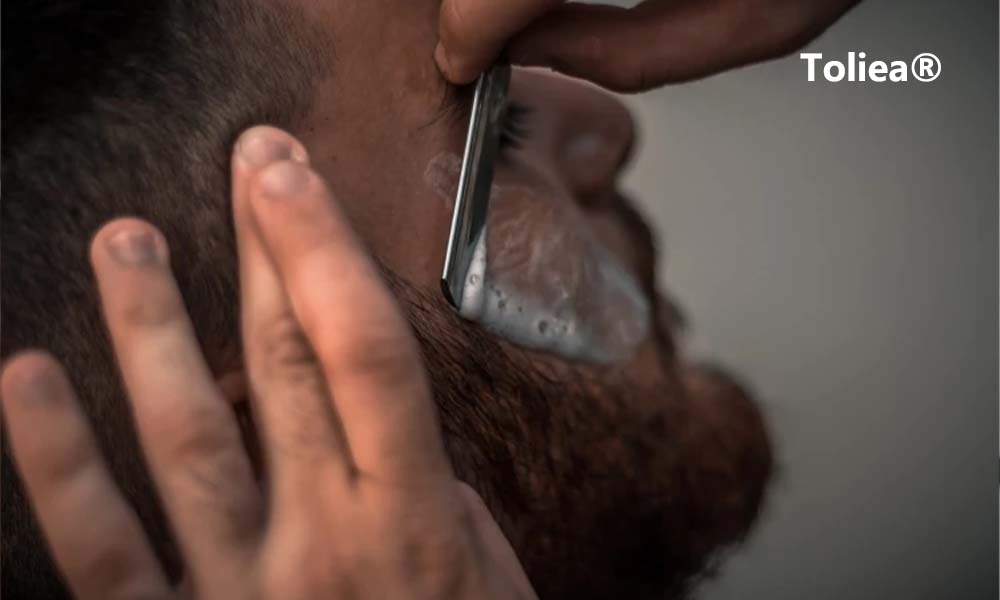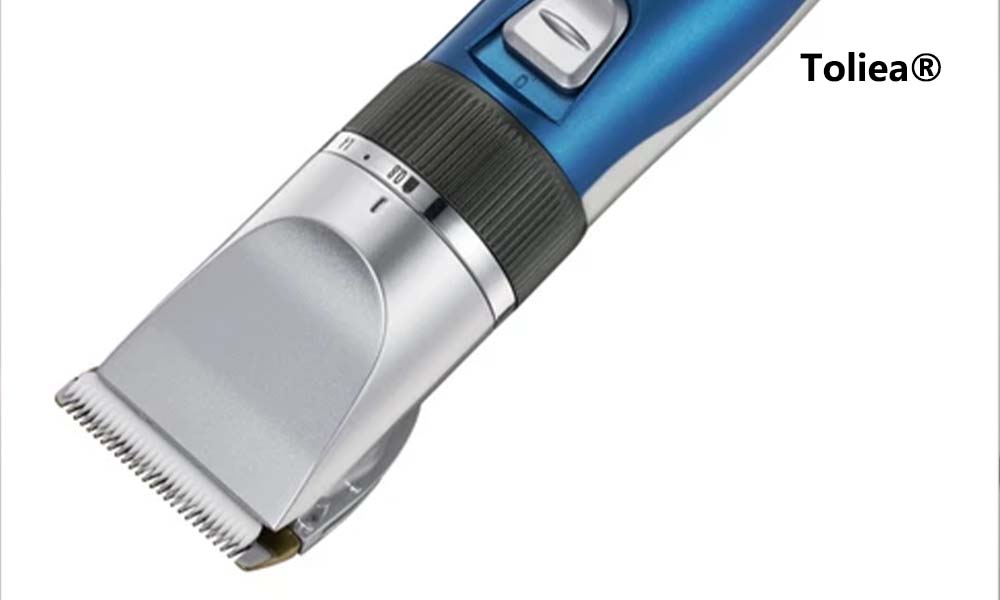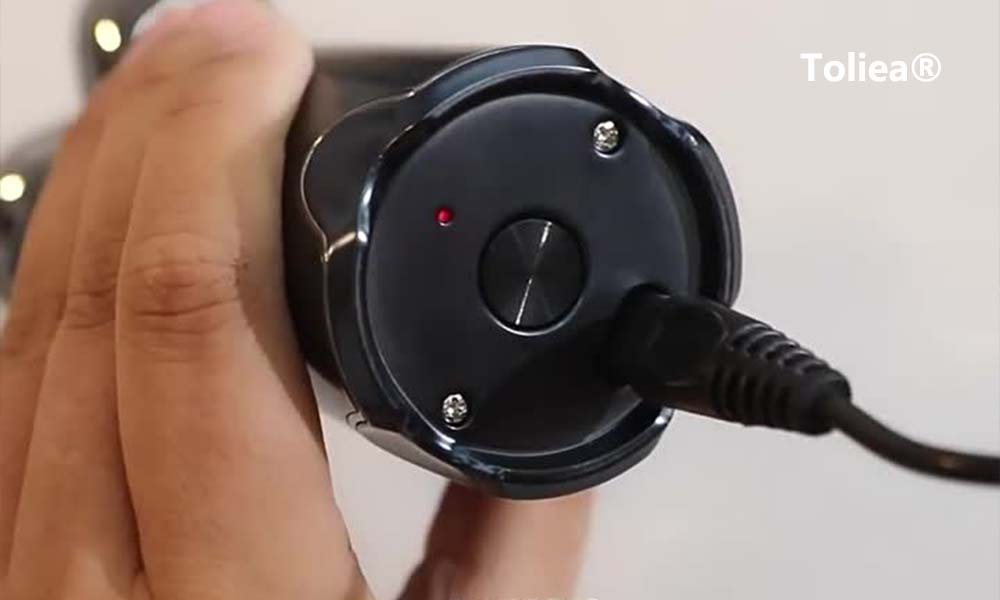As an essential member of modern personal care appliances, electric shavers have undergone more than a century of development. From their initial simple designs to today’s high-tech products, electric shavers have continuously innovated, bringing great convenience to our daily lives. This article will take you through the development history of electric shavers, exploring their evolution from initial designs to modern high-tech products.
Early Shaving Tools

Before the advent of electric shavers, people primarily relied on manual razors for their daily shaving needs. The earliest razors can be traced back to ancient Egypt, where they were made of copper or bronze, simple in shape and function. As time progressed, steel razors began to appear in the Middle Ages, significantly improving the sharpness and durability of the blades, though issues of inconvenience and safety remained.
The 19th century marked a significant period for the development of manual razors. Technological advancements brought about by the Industrial Revolution made razor manufacturing more precise and standardized. Notably, in 1901, the Gillette Company invented the safety razor, featuring replaceable double-edged blades. This innovation greatly enhanced shaving safety and convenience, making shaving easier and more efficient, and setting industry standards.
From the copper razors of ancient Egypt to the safety razors of the 19th century, the evolution of manual razors reflects humanity’s continuous pursuit of more efficient, safe, and convenient shaving tools, laying the foundation for the birth and popularization of electric shavers.
Inventor and Key Technological Breakthroughs of Electric Shavers

The inventor of the electric shaver was American engineer Jacob Schick. He obtained the patent for the electric shaver in 1928 and introduced the world’s first electric shaver in 1931. This shaver, driven by an electric motor, greatly simplified the shaving process and was widely welcomed.
The key technological breakthroughs of electric shavers include:
- Electric Motor: Early electric shavers used AC motors. With technological advancements, DC motors gradually replaced AC motors, making shavers lighter and more efficient.
- Blade Design: From initial single-blade designs to multi-blade designs, the blade design of electric shavers has been continuously optimized, improving shaving effectiveness and comfort.
- Charging Technology: Initially, electric shavers needed to be plugged in during use. With advancements in rechargeable battery technology, cordless electric shavers became popular, increasing convenience.
Evolution of Electric Shavers Over Different Eras

1930s to 1950s: Electric shavers rapidly gained popularity during this period. Major brands introduced their own electric shaver products, leading to intense competition. Shaver designs became increasingly diverse, and functions continued to expand, such as waterproof designs and adjustable heads.
1960s to 1980s: During this period, the technology of electric shavers further matured. Brands began to focus on user experience, introducing ergonomically designed shavers to enhance comfort. Additionally, advancements in charging technology made cordless electric shavers the mainstream product.
1990s to Early 21st Century: With the rapid advancement of technology, electric shavers entered the era of intelligence. Brands began incorporating microprocessors, LCD screens, and other high-tech elements, introducing smart shavers that could automatically adjust shaving modes based on user habits. Furthermore, the use of eco-friendly materials made electric shavers more sustainable.
21st Century to Present: Modern electric shavers have become representatives of high-tech products. Brands continuously innovate, introducing features such as nano-technology blades, fast charging, and waterproof and dustproof designs. Smart shavers can even connect to smartphones via Bluetooth, offering personalized shaving advice and data analysis, further enhancing the user experience.
The development history of electric shavers demonstrates the profound impact of technological advancements on daily life. From initial designs to today’s high-tech products, electric shavers have not only improved shaving efficiency and comfort but have also become an important tool in modern male personal care.
If you are interested in electric shavers or other personal care appliances, you can visit Toliea® official website to learn more about personal care products and knowledge. Wishing you a pleasant life! With sincere regards, Toliea®.